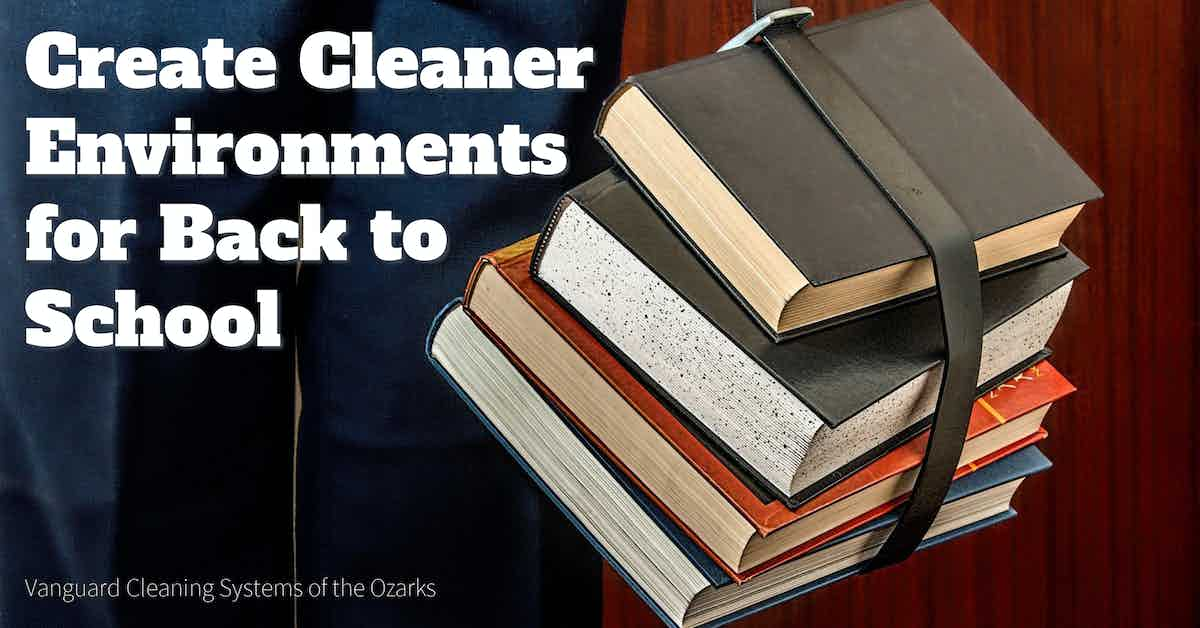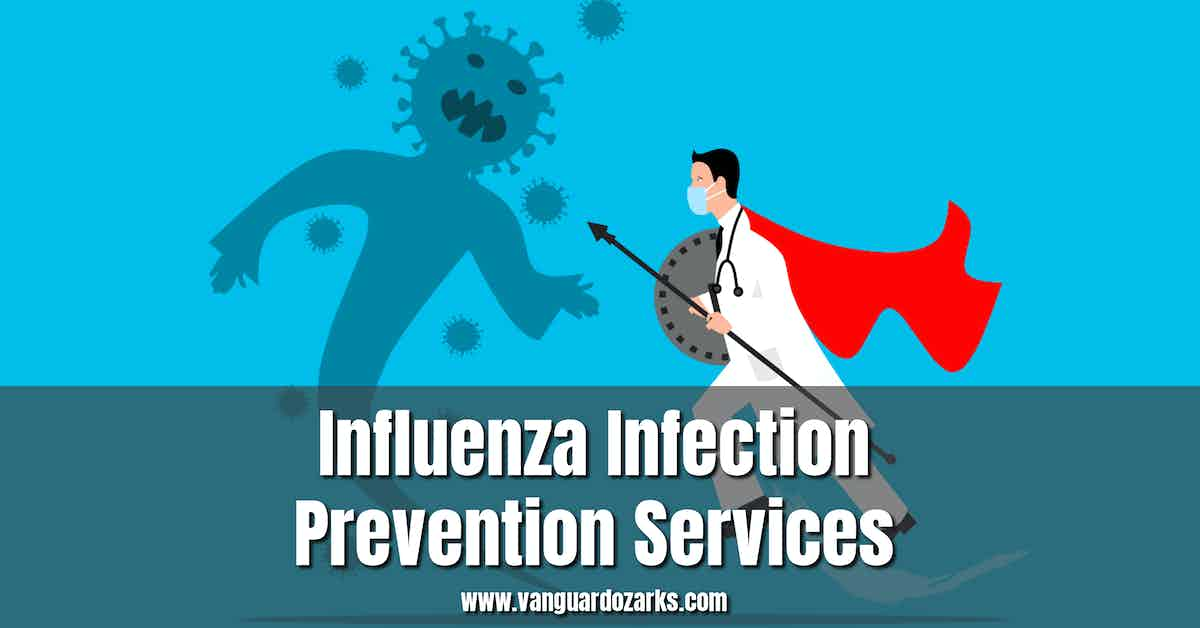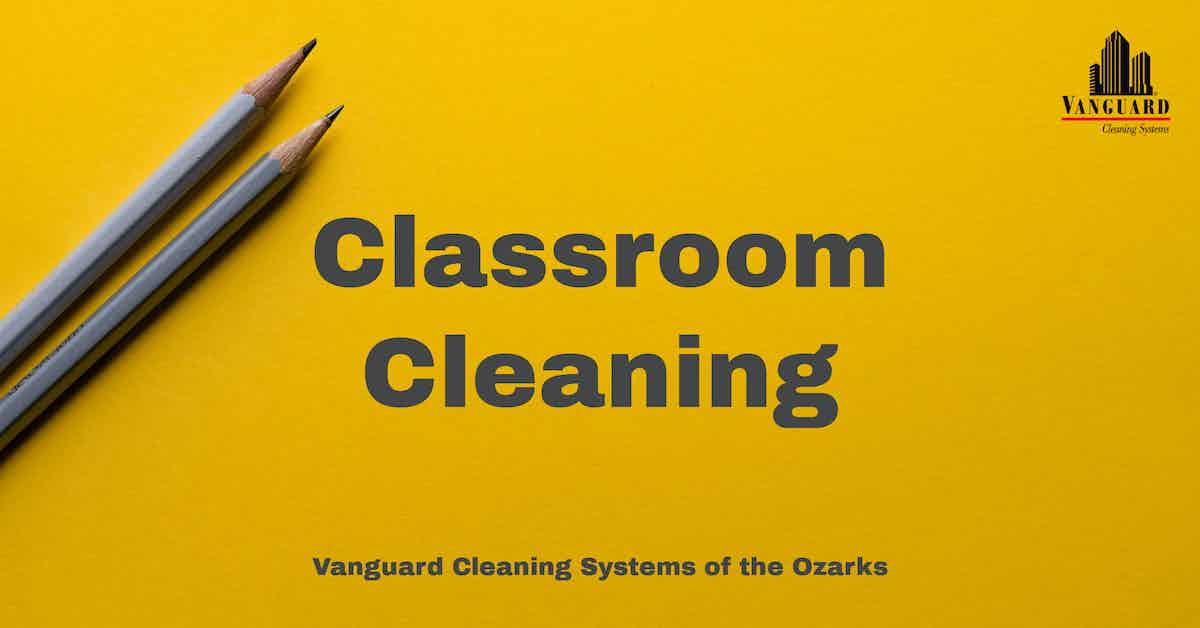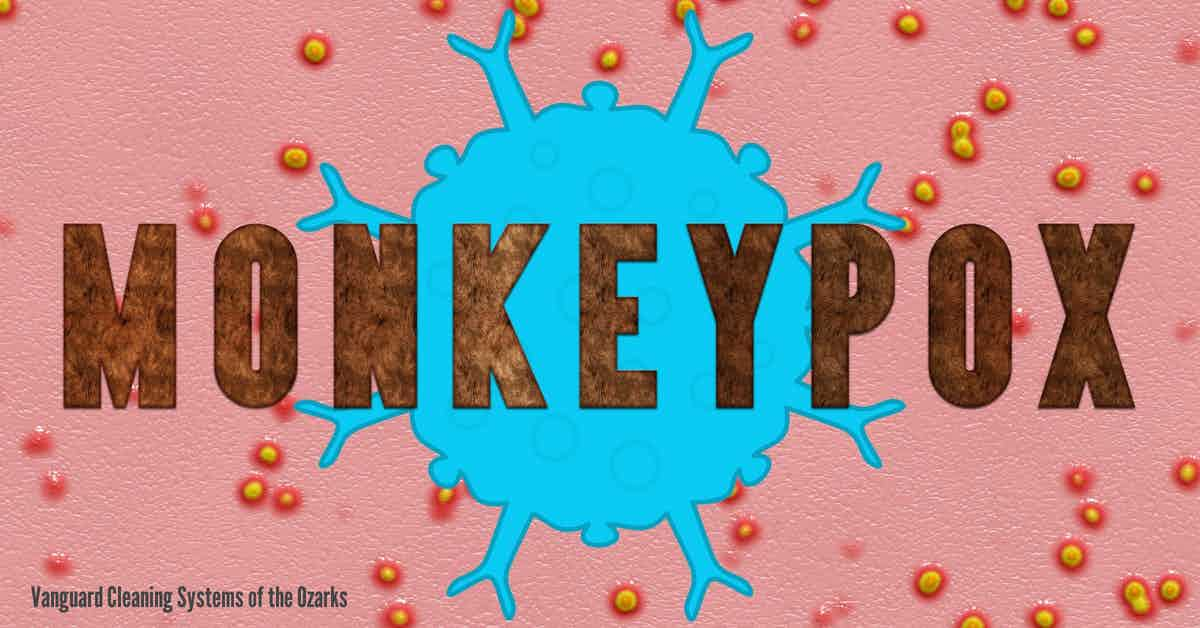Staffing shortages and related challenges continue to plague in-house custodial departments across the country as facilities managers struggle to attract and retain skilled laborers in an increasingly competitive market.
Employee Issues Impacting In-House Cleaning Departments
A recent Facility Cleaning Decisions Management Survey asked facilities managers for schools and universities, commercial, hospitality, government, and healthcare buildings about recent staffing challenges, how they currently address those challenges, and how they envision their department progressing in the future.










